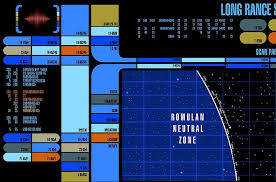
 |
| Fig.1 - LCARS GUI |
This project started when I first saw Eureka on SyFy Channel. Jack Carter the sheriff lived in a Self Actuated Residential Automated Habitat or SARAH for short. I am not going to bore you with the contents of the show or anything else. So lets get down to business.
You might recognize it from Star Trek©. You don't have to buy a high dollar Touch Screen monitor, We can modify one, by adding photo diodes, and LEDs into the bezel.
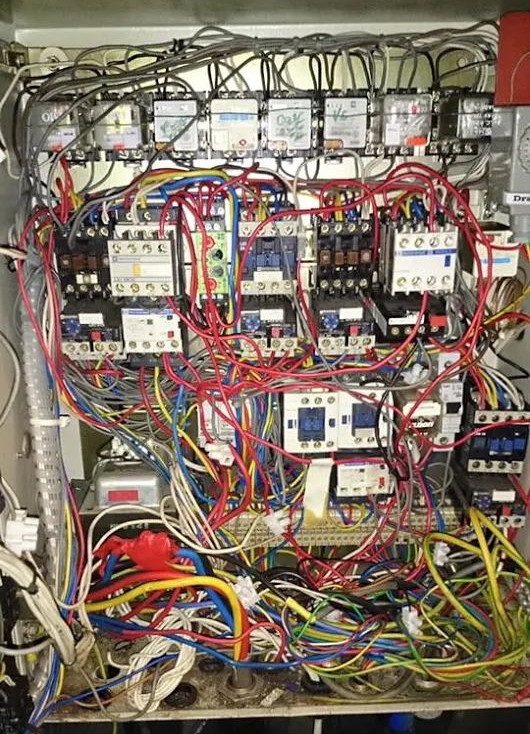 | 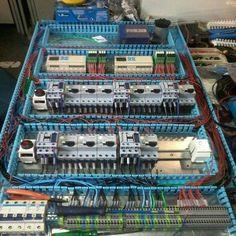 |
| Fig.2 - This is a mess! | Fig.3 - Local Control |
What ever you do you don't want to end up with a mess like this See Fig.2.
That why I like "smart wiring" but more on that later.
And one last thing "Structured Cabling does not equal "Smart House"
.
Wiring Systems you will need
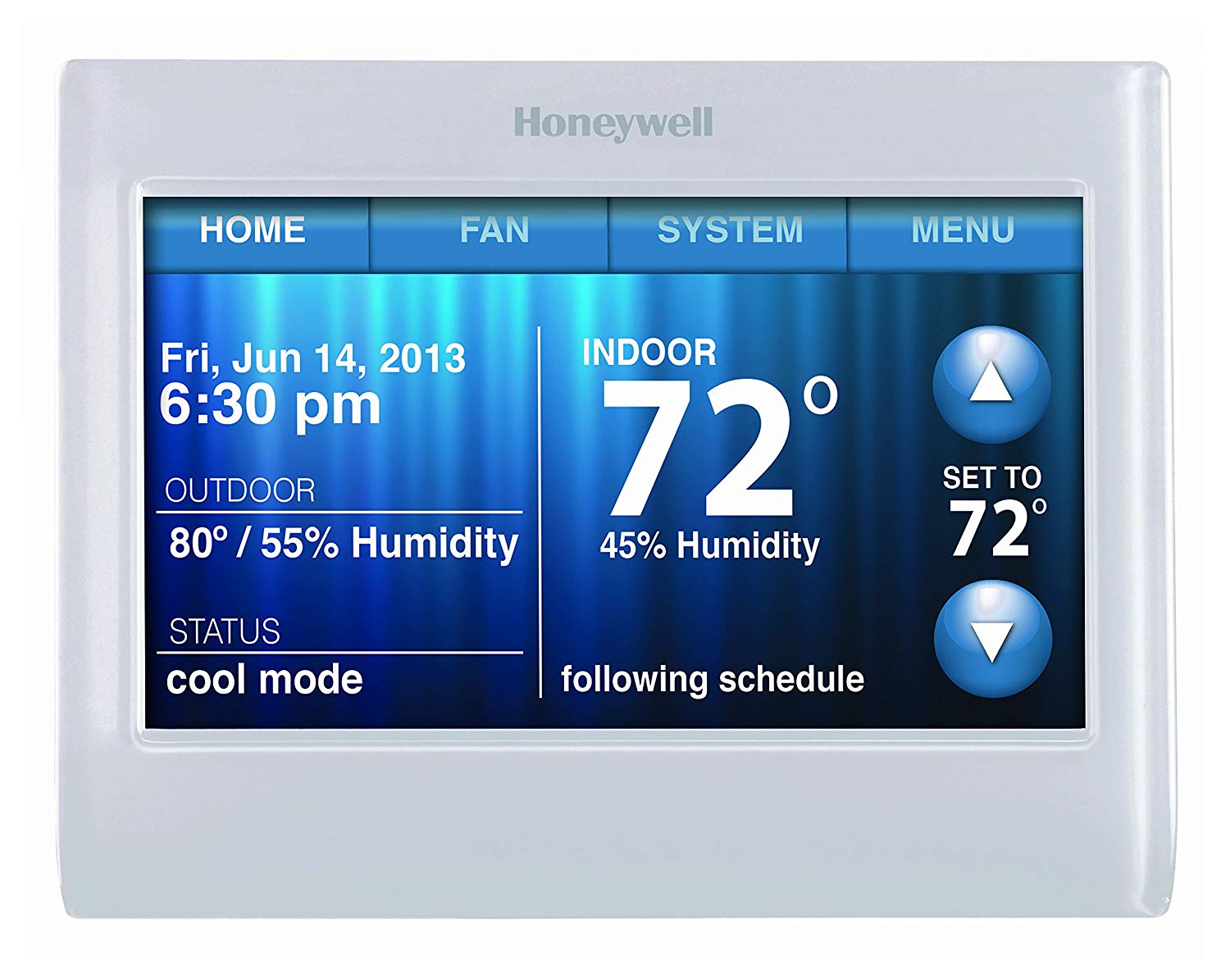 |
| Fig.4 - Current Thermometer |
Even the Nest® is kind of stupid. So lets start with the Thermostat requirements:
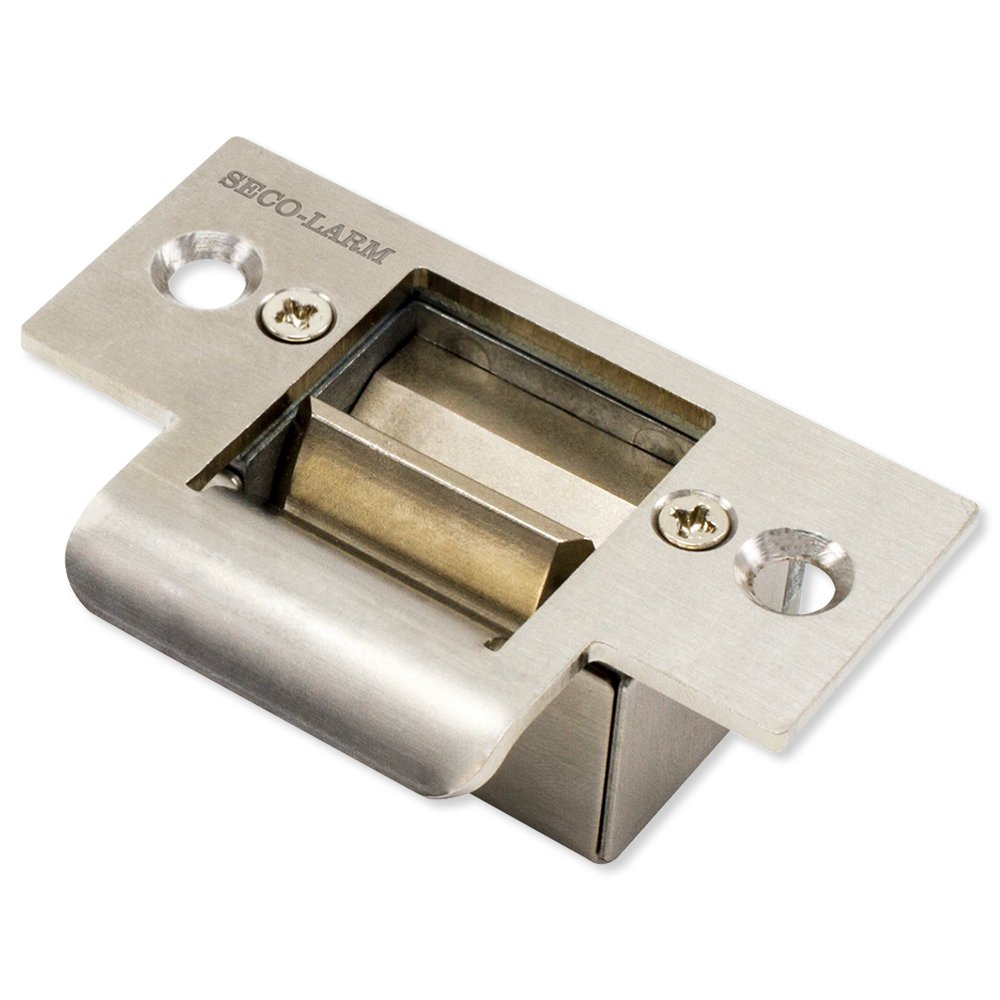 |
| Fig.5 - Electric Strike |
It should be layered and planed in not added in.
Anything you can buy in your box store, labeled smart will most likely not work. So called smart locks are worthless!Aas the power to open the door is in the lock!
We will use powered strikes with remote power. Even the local code pad does not control the strike solenoid. One more benefit is that you can get strikes with monitoring capabilities built in as well.
Smart Wiring embraces the power of networking and IOT.
This is a distributed system. Try to think about it this way; Each room has a local smart controller, with relays, network interface, sensor inputs, etc.
This means there are less wires to "home-run" (this is called a sub-panel) back to a central location, and the control is nothing more than a chunk of cat5 Ehernet cable back to the main switch.
Your Sump Pump is part of your homes infostructure, so its nice to have the system keep tabs on it for you.